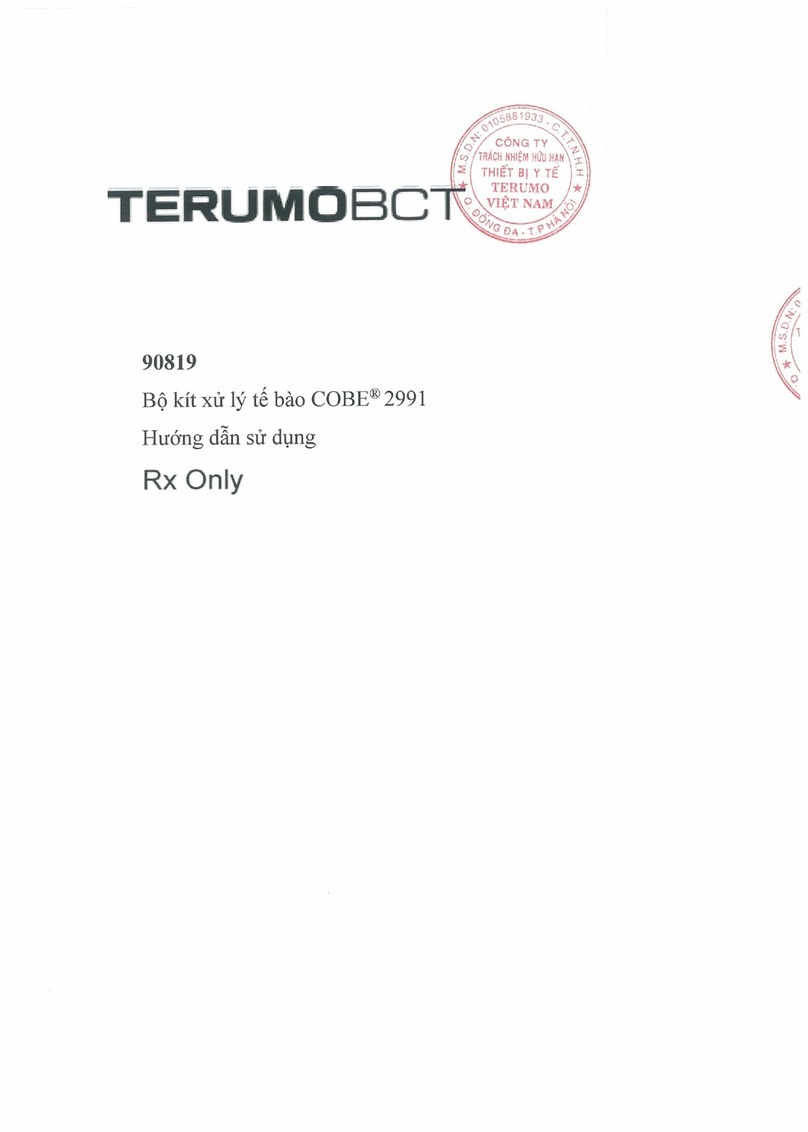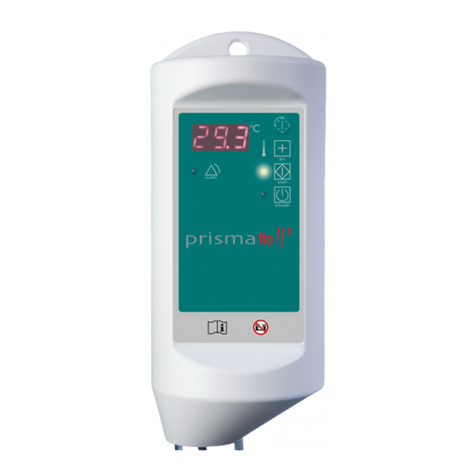
HCEN12745 Revision 10.2016
Program version 2.xx
2.3
Rear component ...................................................................................................... A:44
2.3.1
Rear components ................................................................................................. A:44
2.3.2
Rear component details........................................................................................ A:45
3
Handling the dialysis machine .......................................................................................... A:51
3.1
Operator's position.................................................................................................. A:53
3.1.1
Operator's position ............................................................................................... A:53
3.2
Switch the dialysis machine on and off ................................................................ A:53
3.2.1
Main switch........................................................................................................... A:53
3.2.2
On/off button......................................................................................................... A:53
3.3
Indication light and buttons ................................................................................... A:54
3.3.1
Indication light....................................................................................................... A:54
3.3.2
Buttons on the operator´s panel ........................................................................... A:54
3.4
The screen................................................................................................................ A:55
3.4.1
Screen overview ................................................................................................... A:55
3.4.2
Venous and arterial pressure controls (1, 2).........................................................A:56
3.4.3
Machine state indicator (3) ................................................................................... A:57
3.4.4
Time (4) ................................................................................................................ A:57
3.4.5
Blood path (5) ....................................................................................................... A:57
3.4.6
Fluid path (6) ........................................................................................................ A:58
3.4.7
Bypass path.......................................................................................................... A:58
3.4.8
Blood pressure area (7, 8).................................................................................... A:58
3.4.9
Diascan read out field and Diascan button (9, 10) ...............................................A:58
3.4.10
Treatment overview (11–15) ................................................................................. A:58
3.4.11
Alarm tab (16)....................................................................................................... A:59
3.4.12
Information tab (17) .............................................................................................. A:59
3.4.13
Treatment graph tab (18)...................................................................................... A:59
3.4.14
Information field (19)............................................................................................. A:59
3.4.15
Patient page (20) .................................................................................................. A:60
3.4.16
Priming button (21) ............................................................................................... A:60
3.4.17
Rinse back button (22) ......................................................................................... A:60
3.4.18
Disinfection button (23)......................................................................................... A:61
3.4.19
Blood button (24) .................................................................................................. A:62
3.4.20
Fluid button (25) ................................................................................................... A:64
3.4.21
Fluid bypass button (26) ....................................................................................... A:66
3.4.22
Ultrafiltration button (27) ....................................................................................... A:66
3.4.23
Treatment history page (28) ................................................................................. A:66
3.4.24
Status bar (29)...................................................................................................... A:68
3.4.25
Service menu........................................................................................................ A:68
3.5
Concentrate standby mode .................................................................................... A:70
3.5.1
About concentrate standby mode.........................................................................A:70
3.5.2
To manually activate concentrate standby mode..................................................A:70
3.5.3
To resume preparation of dialysis fluid .................................................................A:70
3.5.4
To automatically enter concentrate standby mode ...............................................A:71































